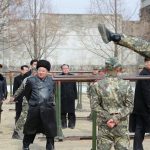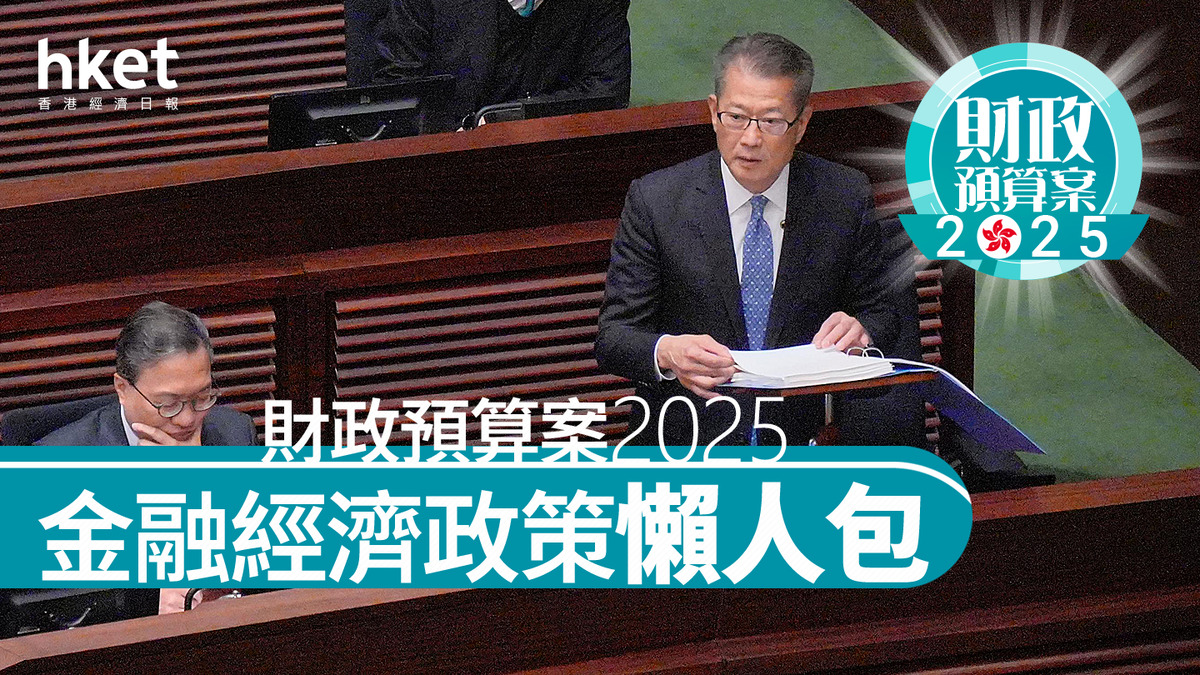## 2025 Fiscal Budget Plan: Government’s Revenue and Expenditure Measures
Introduction
Taiwan’s 2025 fiscal budget plan has been finalized after significant revisions, reflecting both domestic political dynamics and international economic pressures. This report provides an overview of the key measures and policies included in the budget, focusing on revenue generation, expenditure cuts, and financial and economic strategies.
Key Budget Adjustments
1. Budget Cuts and Freezes:
– The Legislature approved cuts of NT$113.59 billion (US$3.46 billion) from the original NT$3.1 trillion expenditure plan proposed by the Executive Yuan[1].
– Total cuts and freezes amount to NT$345.7 billion, with NT$207.6 billion cut and NT$138.1 billion frozen[1].
2. Specific Cuts:
– A notable reduction includes NT$100 billion in aid for Taiwan Power Co., which has faced significant losses due to rising global oil prices and stagnant electricity prices[1].
3. Discretionary Cuts:
– The Legislature requested additional discretionary cuts of at least NT$93.97 billion, or 3% of the Cabinet’s original budget proposal[1].
Financial and Economic Policies
1. Growth Forecast:
– Taiwan has revised its GDP growth forecast for 2025 to 3.14%, down from a previous estimate of 3.29%, due to concerns over U.S. trade policies[2].
2. Defense Spending:
– President Lai Ching-te aims to increase defense spending to over 3% of GDP, though this faces legislative hurdles and budget constraints[3].
3. Energy Challenges:
– Taiwan is phasing out nuclear power by 2025, which poses challenges for meeting rising energy demands, especially in the tech sector[4].
4. Trade and Tariffs:
– The U.S. has threatened tariffs on Taiwanese semiconductors, prompting Taiwan to consider purchasing more U.S. goods to reduce its trade surplus[2][3].
Challenges and Opportunities
1. Domestic Political Challenges:
– A divided government has led to political gridlock, affecting budget negotiations and judicial reforms[4].
2. International Pressures:
– Growing Chinese military pressure and U.S. trade policies pose significant external challenges for Taiwan’s economic and security strategies[4].
3. Economic Diversification:
– Efforts to reduce dependence on China and diversify investments into other regions like the U.S., Japan, and the EU are underway[4].
Conclusion
Taiwan’s 2025 fiscal budget reflects a complex interplay of domestic political tensions, international economic pressures, and strategic policy adjustments. The government faces significant challenges in balancing budget constraints with the need to enhance defense capabilities and navigate global trade dynamics.
—
Financial and Economic Policy Summary
| Policy Area | Key Measures | Impact |
|—————–|——————-|————|
| Budget Cuts | NT$113.59 billion reduction from original plan | Reduced government spending |
| Defense Spending | Aim to increase to over 3% of GDP | Enhanced national security |
| Energy Policy | Phasing out nuclear power by 2025 | Increased reliance on renewables |
| Trade Relations | Potential tariffs on semiconductors; efforts to reduce trade surplus with the U.S. | Economic diversification and trade adjustments |
—
Future Outlook
– Economic Growth: Taiwan’s economic growth is expected to be influenced by global trade dynamics and domestic policy adjustments.
– Political Stability: The ability to manage political divisions will be crucial for implementing key policies.
– International Relations: Strengthening alliances and navigating geopolitical tensions will remain a priority.
—
Recommendations for Future Policy Development
1. Enhance Budget Transparency: Provide detailed figures for all budget cuts and freezes to ensure accountability.
2. Diversify Energy Sources: Invest in renewable energy to meet rising demands and reduce reliance on fossil fuels.
3. Strengthen International Partnerships: Foster closer economic and security ties with key partners to mitigate external pressures.
—
Conclusion
Taiwan’s 2025 fiscal budget plan is a critical step in addressing both domestic challenges and international pressures. By focusing on strategic spending, economic diversification, and diplomatic engagement, Taiwan can navigate these complexities effectively.
Related sources:
[1] focustaiwan.tw
[3] focustaiwan.tw











